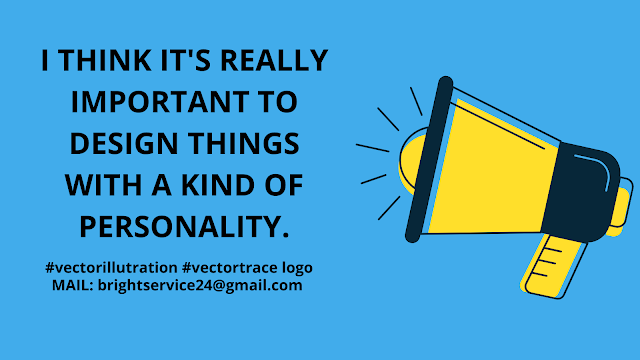Changing over vector shapes into pixels
New in variation 5.5 of the PDF Print Engine
Ink meets paper: That's the methods by which a brilliant arrangement transforms into a genuine thing, something that thousands or even a considerable number of people can contact and react to in actuality, a.k.a. printing. In the prepress cycle, lines and curves in the arrangement are changed over into bearings for a laser column or inkjet head. Shapes and structures, stacked up with concealing, are changed into pixels, everybody turned "on" or "off." Over 2 billion pixels are required to print a 4-concealing letter-size sheet on a balanced press. A laser shaft revealed a metal plate for each "on" pixel — allocating where the ink will be saved after the plate is mounted on an offset drum, and the press starts rolling. For a high-level press, around 33 million pixels are required to print a comparative work. An inkjet spout will spray two or three picoliters of ink for each pixel (1 picoliter = 1 trillionth of a liter). Voila! Ink-on-paper becomes information, an image, a message, a story, a blast of concealing.
Changing over vector shapes into pixels is crafted by the Raster Image Processor, known as a RIP. PostScript was the world's first contraption free RIP development, the thing that dispatched Adobe over 35 years earlier. Contraption opportunity was a particular bit of leeway: For the initial go through, any arrangement could be engraved on any printer or press, with the sensible segments appearing as firmly as could truly be considered typical. The more vital the objective, the more sharpened the edges. The Apple Laser Writer was the essential PostScript-controlled printer, with an objective of 300 spots for each inch (dpi). Most work zone laser printers today maintain at any rate 4x more pixels, and platesetters customarily have objectives of on any occasion 2400 dpi.
 |
| Design |
Regardless, before an arrangement could be RIP'ed, the plans ought to at first be portrayed mathematically. PostScript and PDF use the language of Bézier twists, normal to Adobe Illustrator customers as the concentrations and handles that describe a shape. The shapes could be outlined just as stacked up with any blend of shadings. Shouldn't something be said about substance? During the 1980s, Adobe ventured up and port renowned text-based styles into mathematically depicted shapes, changing over each letter in a content style to a lot of Bézier twists.
Likewise, as plans are wanted to the pixels in a PC screen, a RIP map outlines the pixel cross-section of the plate setter or mechanized press, picking which pixels to turn on or off. For within a shape, it's a simple choice. Regardless, things can get unsafe at the edges, and there are bargains to any decision. Different counts may be used for different kinds of outlines. For example, the Adobe PDF Print Engine uses Adobe CoolType, a comparable literary style advancement used by Creative Cloud applications like Illustrator or InDesign, or Photoshop. This ensures consistency in the look and feel of text segments. However, the Print Engine uses another breadth change rule (vector-to-pixel count) for the sensible segments, which rules for "strong around the edges," a slight boldening sway. That capacities splendidly for essentially all representations. Nevertheless, there are a couple of exclusions. Contact me:




No comments